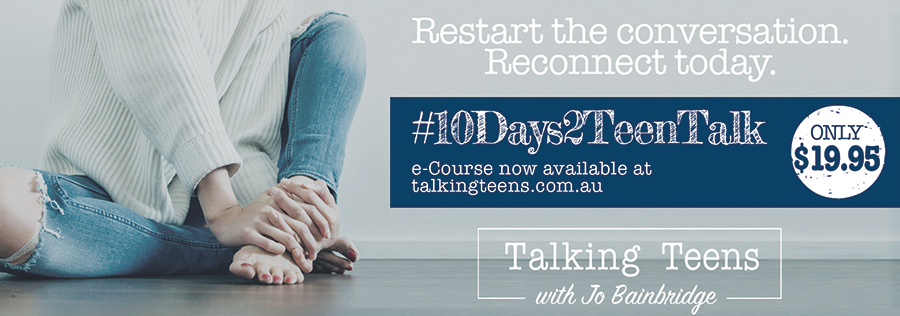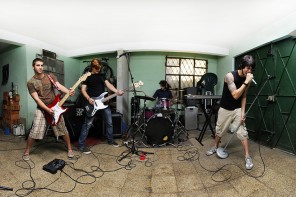
Classrooms have changed, and creativity now leads the charge in forward thinking educational settings, as psychologist Jodie Benveniste explains.
Schools have definitely changed. Not so long ago, education was all about paying attention in class, rote learning, and regurgitating as much information as possible at exam time. If you did an assignment, it was more about finding information by searching through the encyclopaedia or reference books and then reporting back. There was a bit of analysis, but certainly little creativity.Fortunately, times have changed. We now live in a world where information is everywhere, and access to information is immediate and effortless. Finding information isn’t the challenge anymore. Now it’s all about what students do with the information – how they apply knowledge, adapt it, and contribute to what is already known. Creative use of information has replaced rote learning.
Leading universities, national curricula, educational experts and employers all recognise the value of creative thought. Future leaders and doers will require a spirit of enquiry, adaptability, independent thought and entrepreneurial skills – not just the ability to find and report information.
So much creative activity involves trying and failing. . . Your kids will fail – but that’s okay.
Creativity has become an integral part of the education process. A good example of what schools are doing to encourage creativity is Creativity Week at St John’s Grammar School in Belair. Year 8 students spend a week exploring their creativity and using creative processes.
During Creativity Week, students hear from industry experts about how creativity has helped in their organisations, they meet with local artists who explain their creative process, and they take a brief from a local business and then create an advertisement for them. The Art Gallery of South Australia also provides a customised tour of the latest exhibition, and runs a workshop with student artists to develop an original piece.
All of these activities encourage open-ended responses, critical thinking skills, group work, and the opportunity to problem solve. Then at the end the week, the students are involved in the Ctrl+Alt+Design creativity challenge, where they produce an original product like a sustainable house, a classroom of the future, an iPhone app, musical composition or an innovative nutritional product. Amazing!
Encouraging our children’s creativity is an important part of engaging them in learning and preparing them for life beyond school. So how can we support and encourage creativity in our children? Here are a few ideas:
Encourage Discussion
Provide opportunities to chat about issues and encourage your kids to discuss their opinions. Explore the consequences or impact of different points of view, rather than focusing on judging ‘right’ or ‘wrong’. Consider crazy, left-field ideas and out-of-the-box thinking by asking ‘What if…?’ questions, and exploring options. Allow your children to disagree with you.
Support a Growth Mindset
So much creative activity involves trying and failing. That’s why it’s important to encourage our kids to adopt a growth mindset, which allows them to say: ‘I can get better through trying and learning.’ Kids with the growth mindset give things a go, embrace mistakes and enjoy learning. Parents can reinforce a growth mindset by praising their children for the effort they put into activities, rather than the outcome.
Let them solve problems
Instead of sweeping in and coming up with a solution to a problem, help your children to solve their problems themselves. Take them through a process where they identify the problem, brainstorm ideas, assess options, choose a solution, give it a go, and then reassess. Focus on the process rather than success or failure so your kids become skilled in making decisions and following through.
Allow risk taking
As your kids get older, allow them more freedom and opportunities to be independent. Expect them to take on more responsibilities, and encourage them to take risks and pursue activities and goals that are important to them. Your kids will fail – but that’s okay. Be there to support them when they do. Help them to learn from their mistakes and continue on.
Encourage self-reflection
The creative process involves self-assessment and self-reflection. What went well? What needs improving? How did that feel? What would I like to explore next? Instead of thinking for your children, give them space to reflect on what they think and feel. Encourage them to look within themselves for insights, rather than always looking outside of themselves for answers.
Creativity is a fundamental life skill. Both at school and at home, we can encourage creativity by supporting kids to engage with the creative process, cultivate a creative mindset, and enjoy learning!









